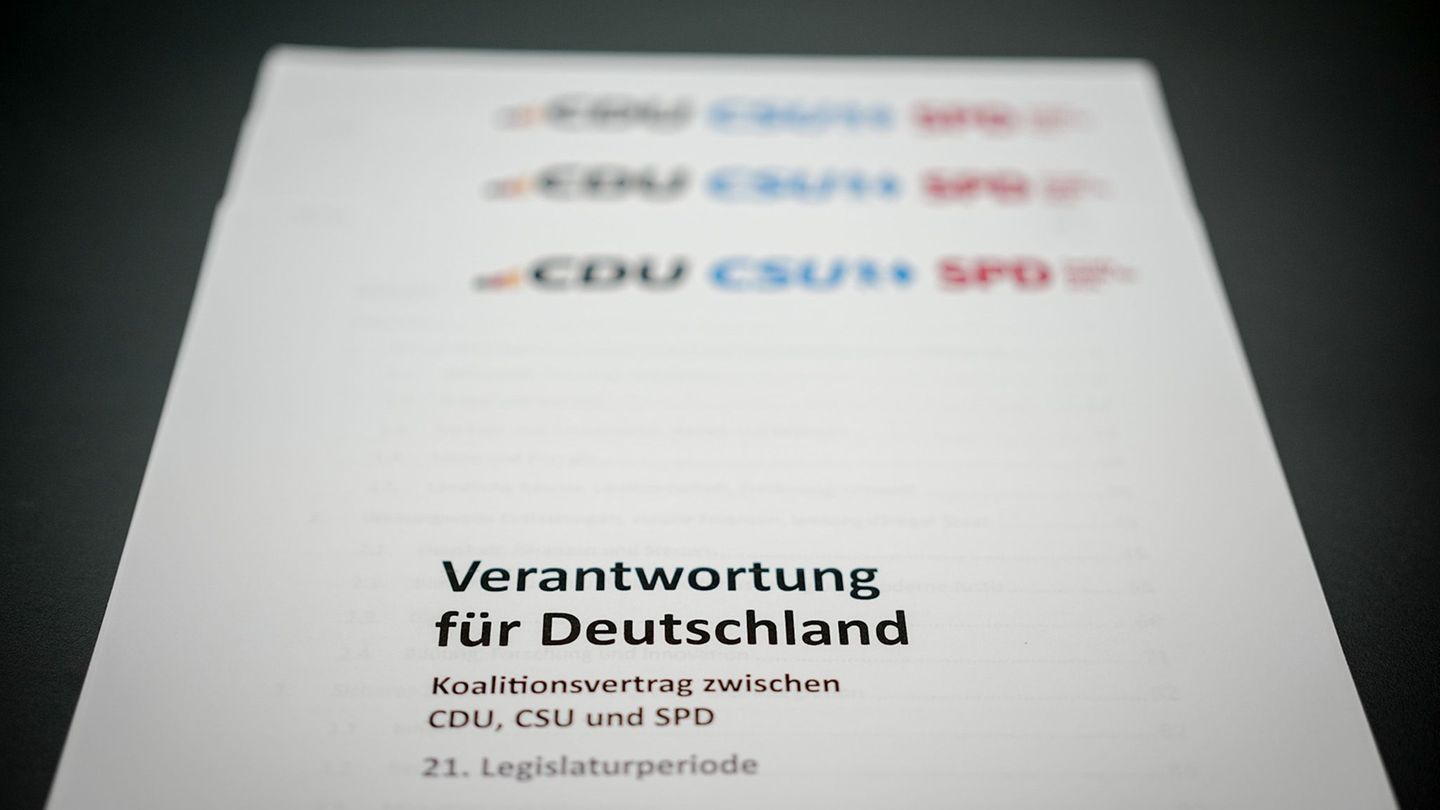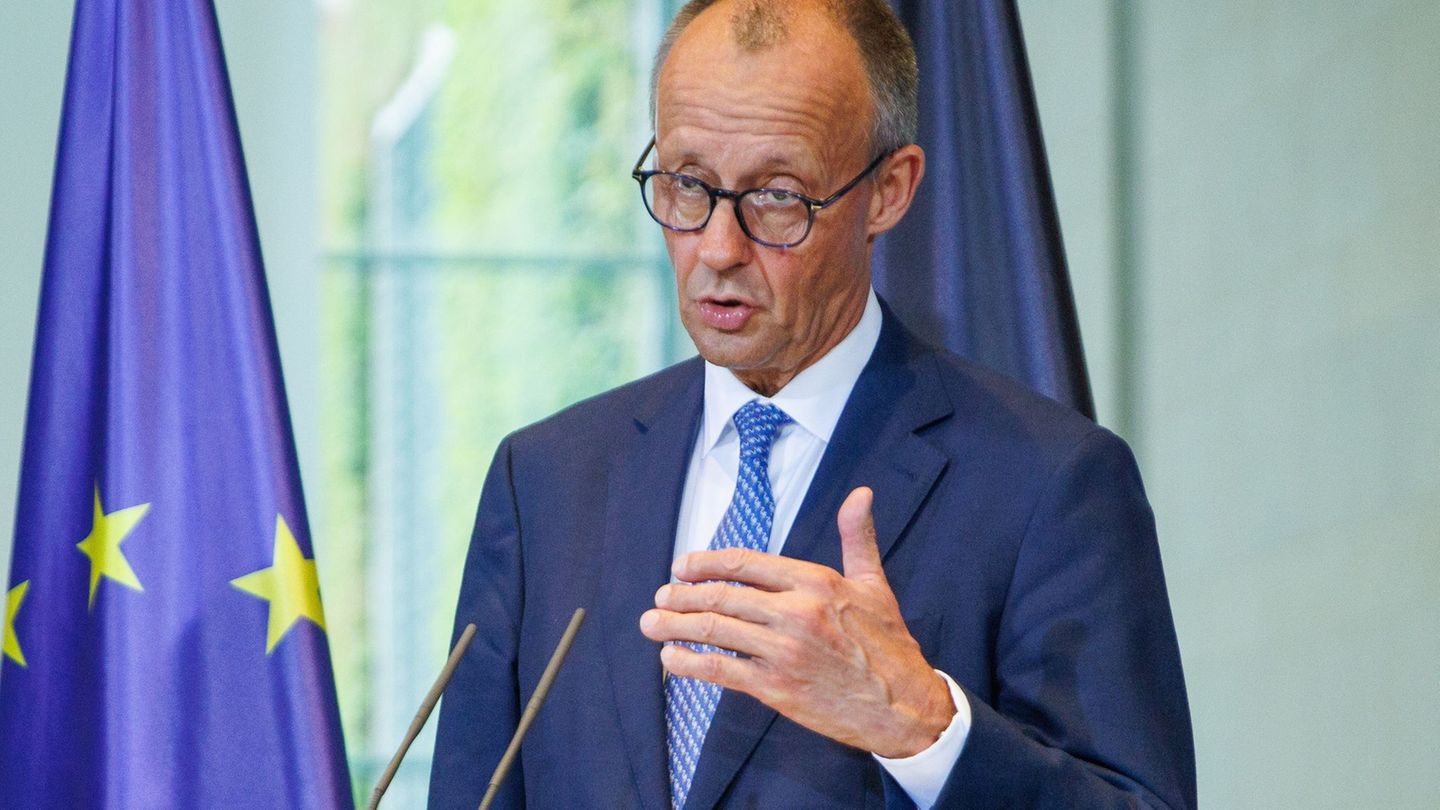There has been a bitter dispute over the issue of migration in the EU for years. Now the discussion about a planned reform of the EU asylum system is entering a heated phase. Berlin could tip the scales.
Germany and the other EU countries are struggling to reform the common asylum system against the background of sharply increasing migration numbers. Will there finally be a breakthrough after years of strife? This Thursday, the interior ministers will meet in Luxembourg for a much-anticipated meeting.
Why is?
At least since the refugee crisis of 2015/2016, it has been clear that the applicable EU asylum rules need to be revised. At that time, countries like Greece were overwhelmed with a mass influx of people from countries like Syria and hundreds of thousands were able to move on to other EU countries without being registered. This actually shouldn’t have happened, because according to the so-called Dublin Regulation, asylum seekers should be registered where they first entered the European Union. This country is usually also responsible for the asylum application.
What should happen now?
The core of the reform proposals are measures that are intended to lead to a significant reduction in the influx of people without a right to protection. Anyone arriving from a country that is considered relatively safe could in future come to a strictly controlled reception facility after crossing the border. Within a few weeks, it would then be checked whether the applicant had a chance of being granted asylum – if not, he would be sent back immediately. In addition, the monitoring and deportation of rejected asylum seekers should be made easier – for example, by collecting more data about them and storing them centrally.
How many people is it about?
The number of asylum applications in the EU has recently increased significantly again after a decline during the corona pandemic. Last year, 881,200 initial applications were made in the 27 Member States. Compared to the previous year, this means an increase of 64 percent. On average in the EU, not even every second application is approved.
Where are most migrants currently arriving?
Italy is particularly affected. According to the UN refugee agency UNHCR, more than 50,000 migrants have already been registered there this year. Most of them came from Tunisia, Egypt and Bangladesh and therefore had almost no prospects of being able to stay legally.
What should happen in the future to those seeking protection who are given a chance of asylum when crossing the border?
According to the current plans, they would go through a normal procedure as before, i.e. usually in the member states at the EU’s external borders. However, when countries are confronted with a very large influx of people, they should be able to apply for support from other member states via a solidarity mechanism. A certain number of people seeking protection would then come to other countries via a distribution key. States that do not want to participate would have to make compensation payments for every person not admitted. Sums of around 20,000 euros per person were recently discussed.
Why are the negotiations so difficult?
The reason for this are different interests and attitudes towards migration in the EU countries. Countries such as Italy, which are currently particularly hard hit by migration, only want to take on more responsibility for the procedures in their own country if they are guaranteed more solidarity from other countries in return. Their leverage is the current situation, in which many migrants, after arriving from countries like Tunisia, can simply continue to other countries like Austria, Germany or France. Countries like Hungary, on the other hand, would like to close the EU’s external borders completely and not participate in the redistribution of refugees.
What about war refugees from Ukraine?
Because of a special regulation, people from Ukraine enjoy temporary protection in the EU without having to apply for asylum. For this reason, the discussions currently have no immediate significance for them.
What does the federal government want?
The federal government can live with most of the proposals that are currently on the table. However, Germany wants to ensure that not only unaccompanied minors are exempt from border procedures, but also families with children if at least one child is a minor. However, there is little support among the member states for this demand from Berlin.
The proposed safe third country regulation is also controversial in Germany. According to this, someone from Ghana, for example, who comes from Tunisia to Italy by tugboat, could be sent back to Tunisia, provided Tunisia was willing and considered a safe country.
How does the federal government argue?
With regard to the border procedures, Federal Interior Minister Nancy Faeser (SPD) points out that this is a relatively small group. She says: “What you can actually observe in general is that the people with a high protection rate, they usually come with entire families and children from Afghanistan, from Syria, from war zones.” Those who come from countries with a low recognition rate – and the border procedure only applies to them – usually do not come with children.
What about the criticism from some Greens and SPD politicians who fear that refugee protection will be undermined?
There are differences of opinion in the traffic light coalition. Defining a common negotiating position was correspondingly difficult. When asked about the criticism, which came mainly from the ranks of the Greens, Faeser said this week succinctly: “We have a united position. I’m negotiating on this basis.” It is unclear what will happen if a majority of member states do not want to exclude families with children from the border procedure. If Germany then abstains from voting on the reform, it could fail.
Would fewer asylum seekers come to Germany as a result of the reform?
It’s still difficult to say. Germany would probably have to take in people from the external border states via the solidarity mechanism. At the same time, far fewer people could come illegally. Germany would also benefit if – which is being discussed – the return transfers are simplified according to the Dublin rules.
What are the chances of reaching an agreement?
The negotiations are extremely difficult because of the different interests. Until recently, it was unclear whether the interior ministers could really make a decision on Thursday. The prerequisite for this would be that 15 out of 27 member states vote yes, whereby these must together make up at least 65 percent of the total population of the EU. If a sufficiently large majority does not emerge, the negotiations would have to be continued again.
Is there a deadline for negotiations?
If the EU Council of Ministers does not take a decision by the summer break, there is little chance of getting the reform project across the finish line in the foreseeable future. The reason is that there must also be negotiations with the European Parliament and this will be re-elected in June 2024. If there is no agreement, border controls could be ordered at other internal EU borders, as is currently the case at the German-Austrian land border.
Source: Stern
I have been working in the news industry for over 6 years, first as a reporter and now as an editor. I have covered politics extensively, and my work has appeared in major newspapers and online news outlets around the world. In addition to my writing, I also contribute regularly to 24 Hours World.




